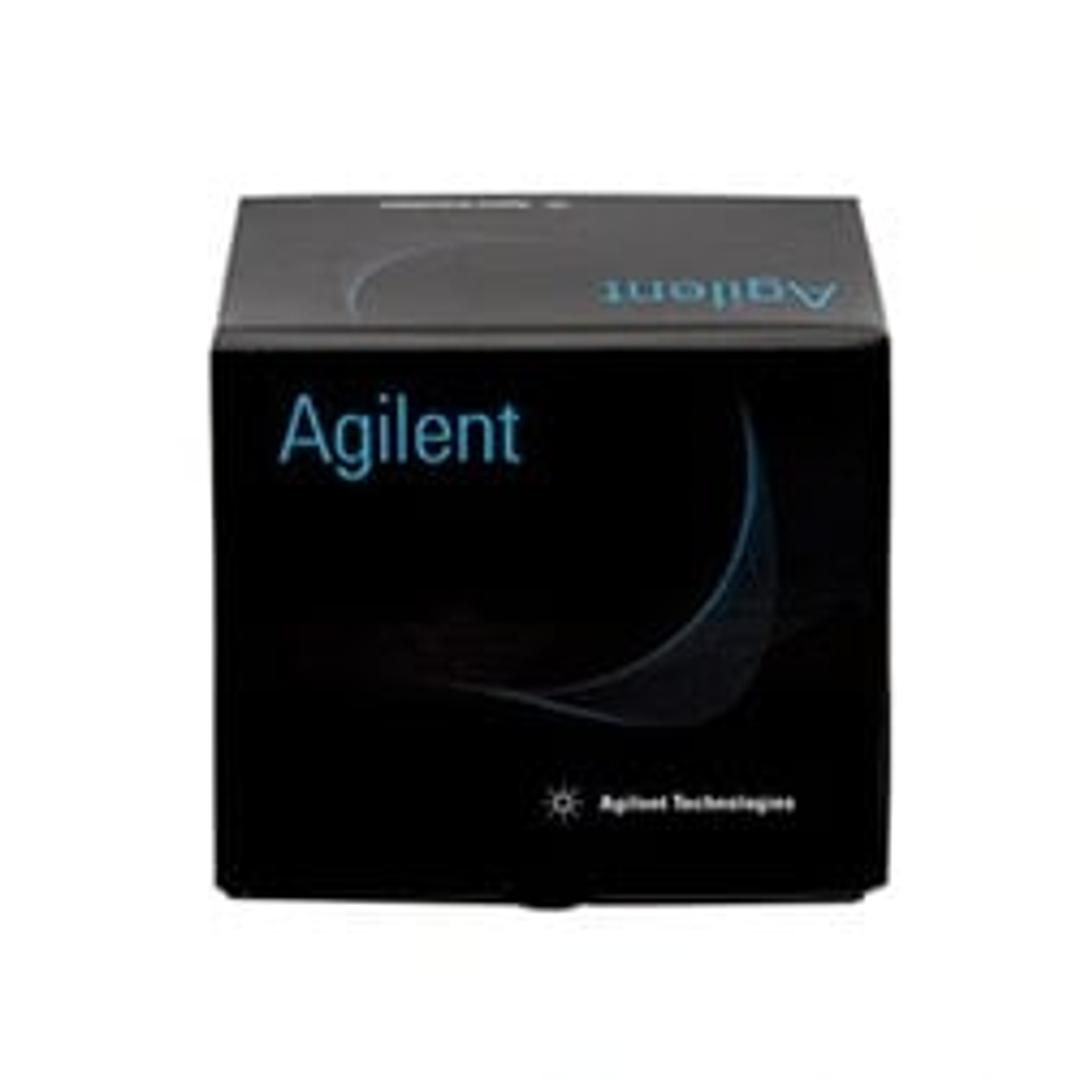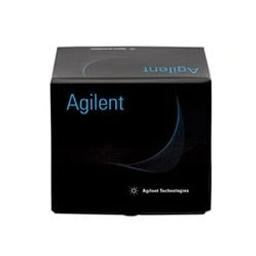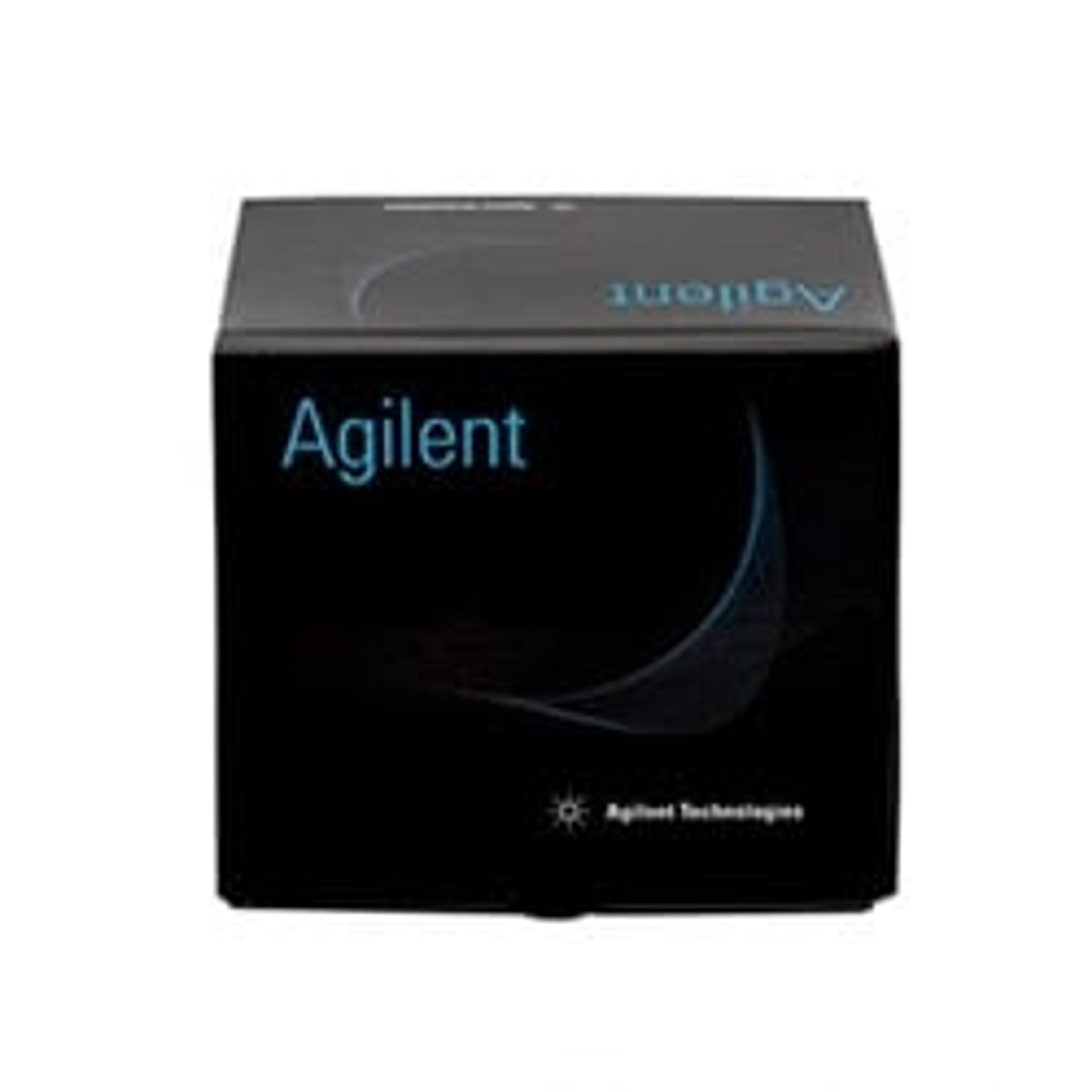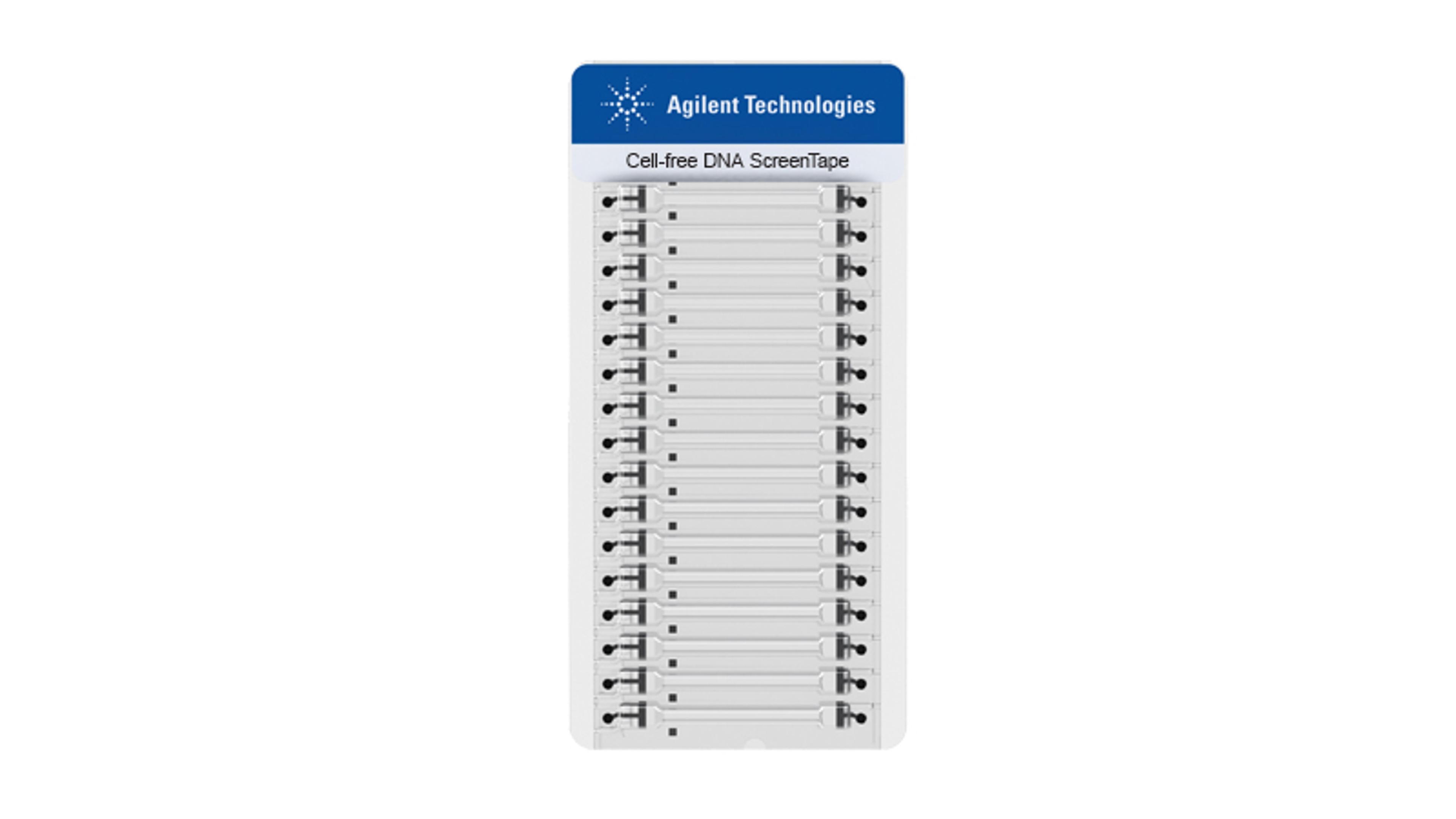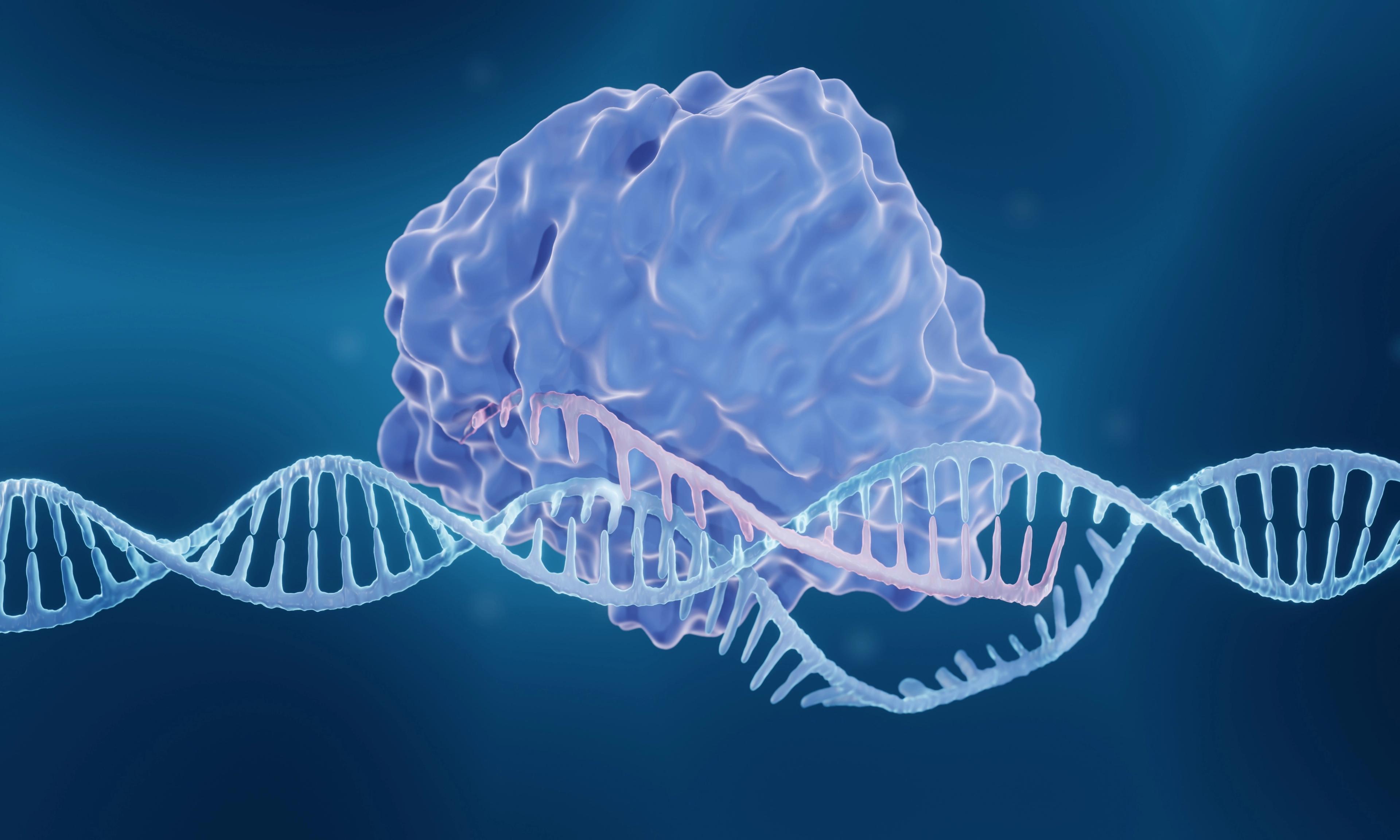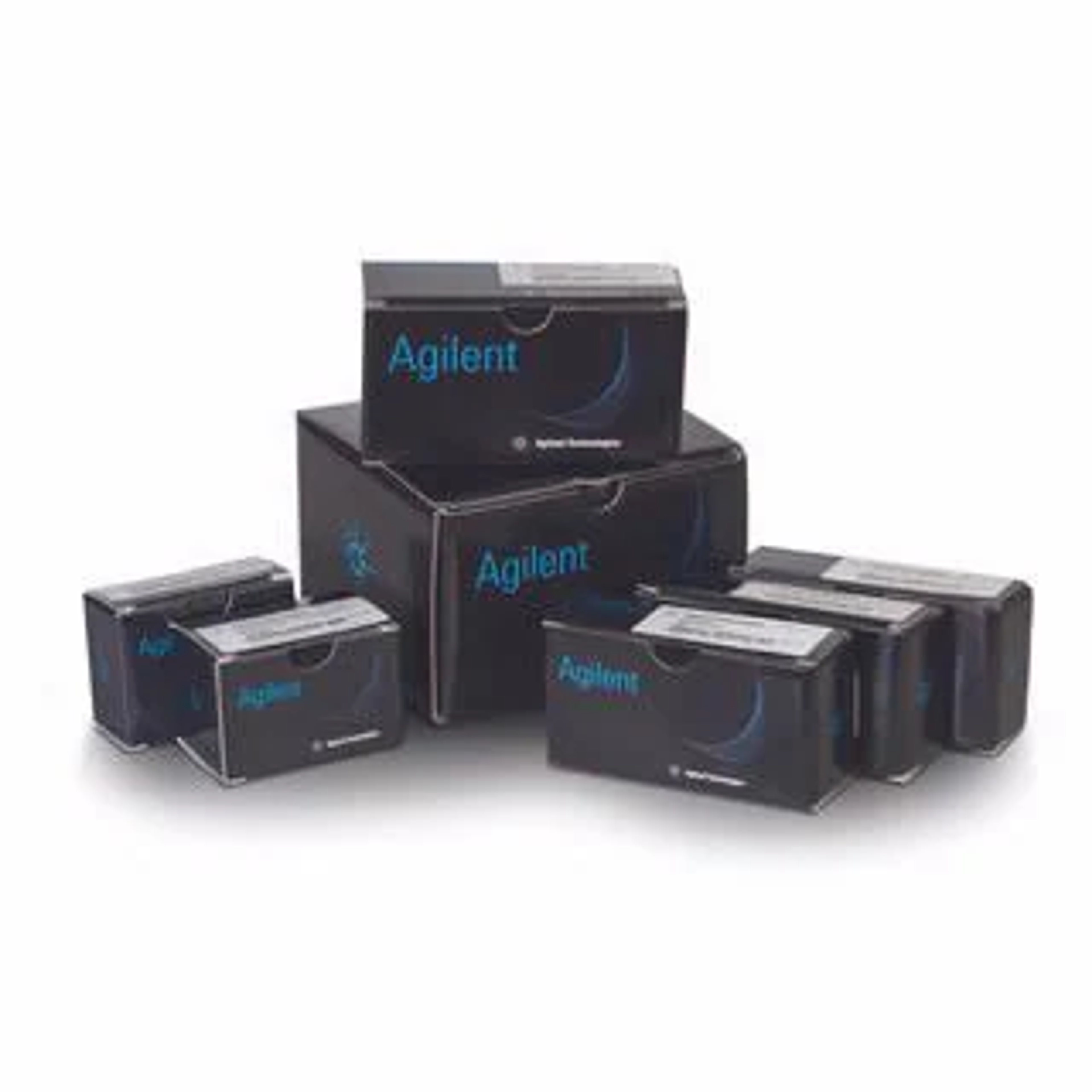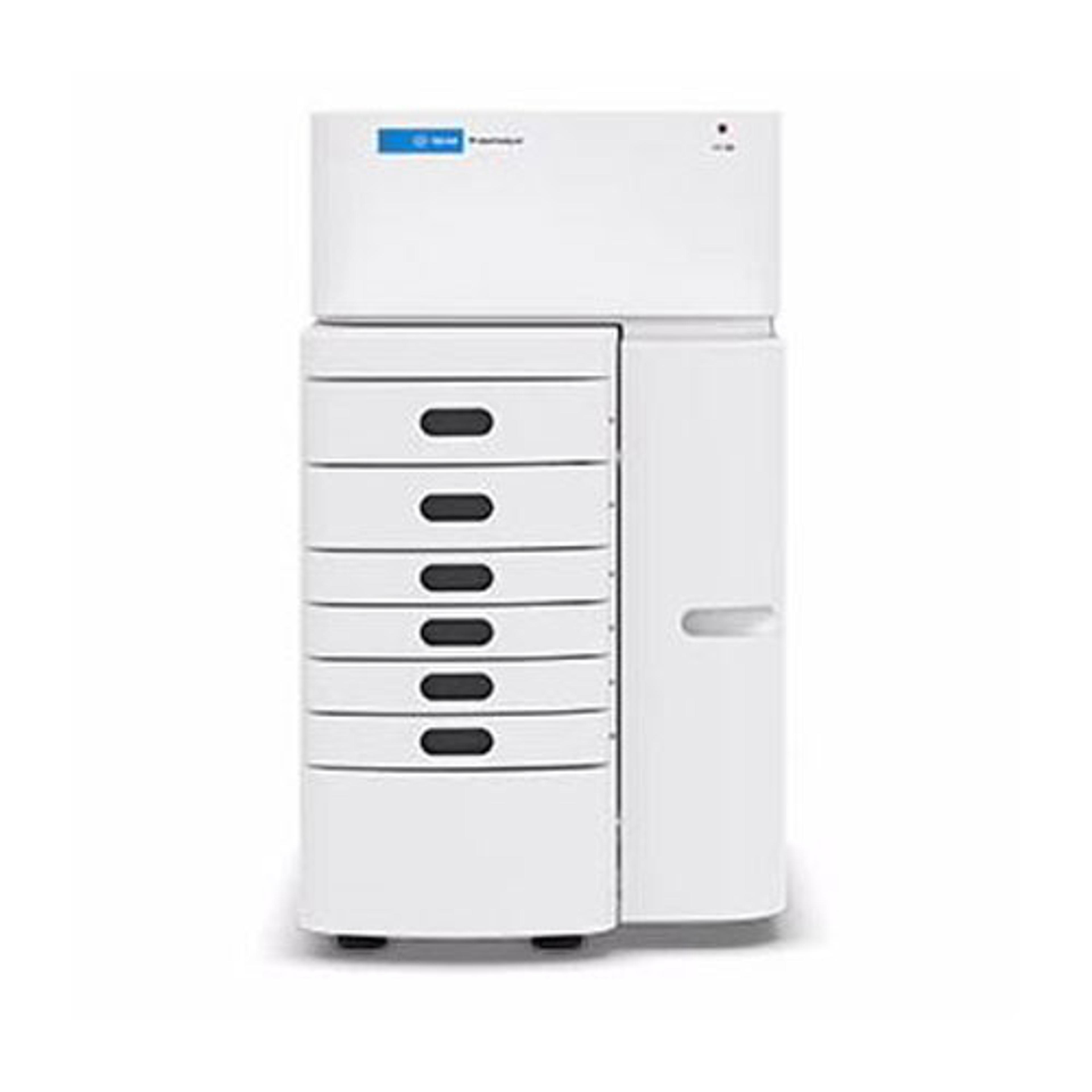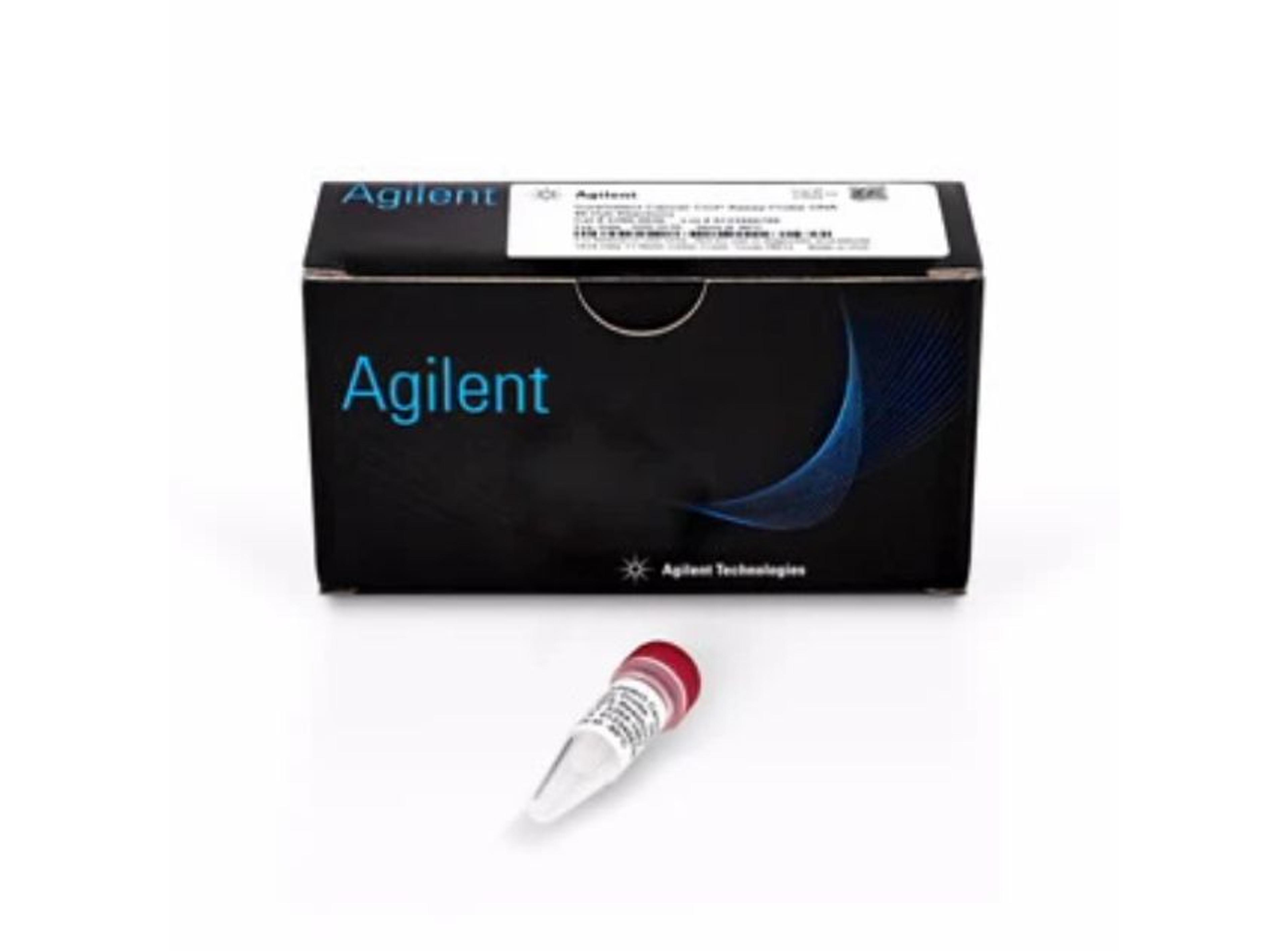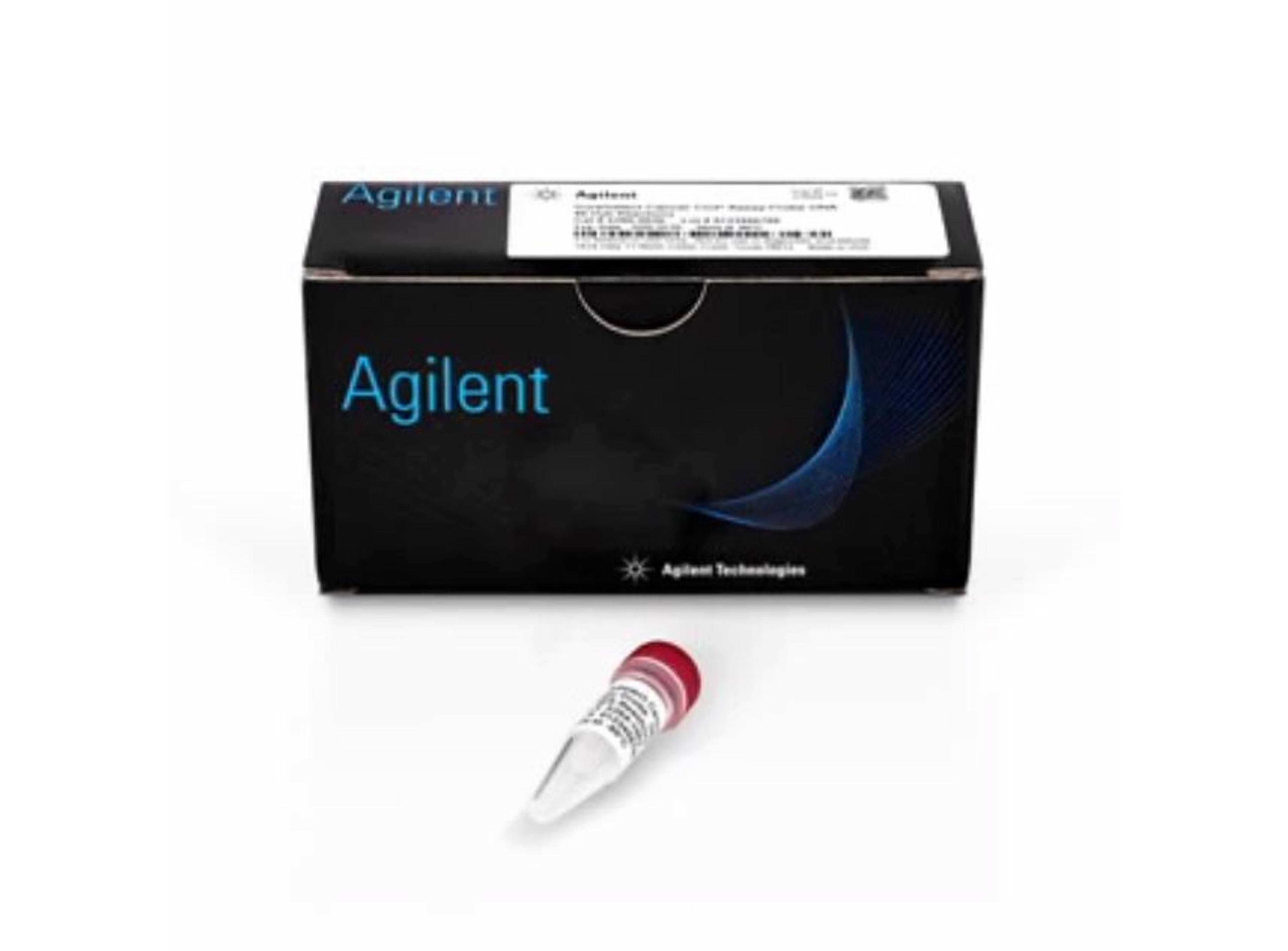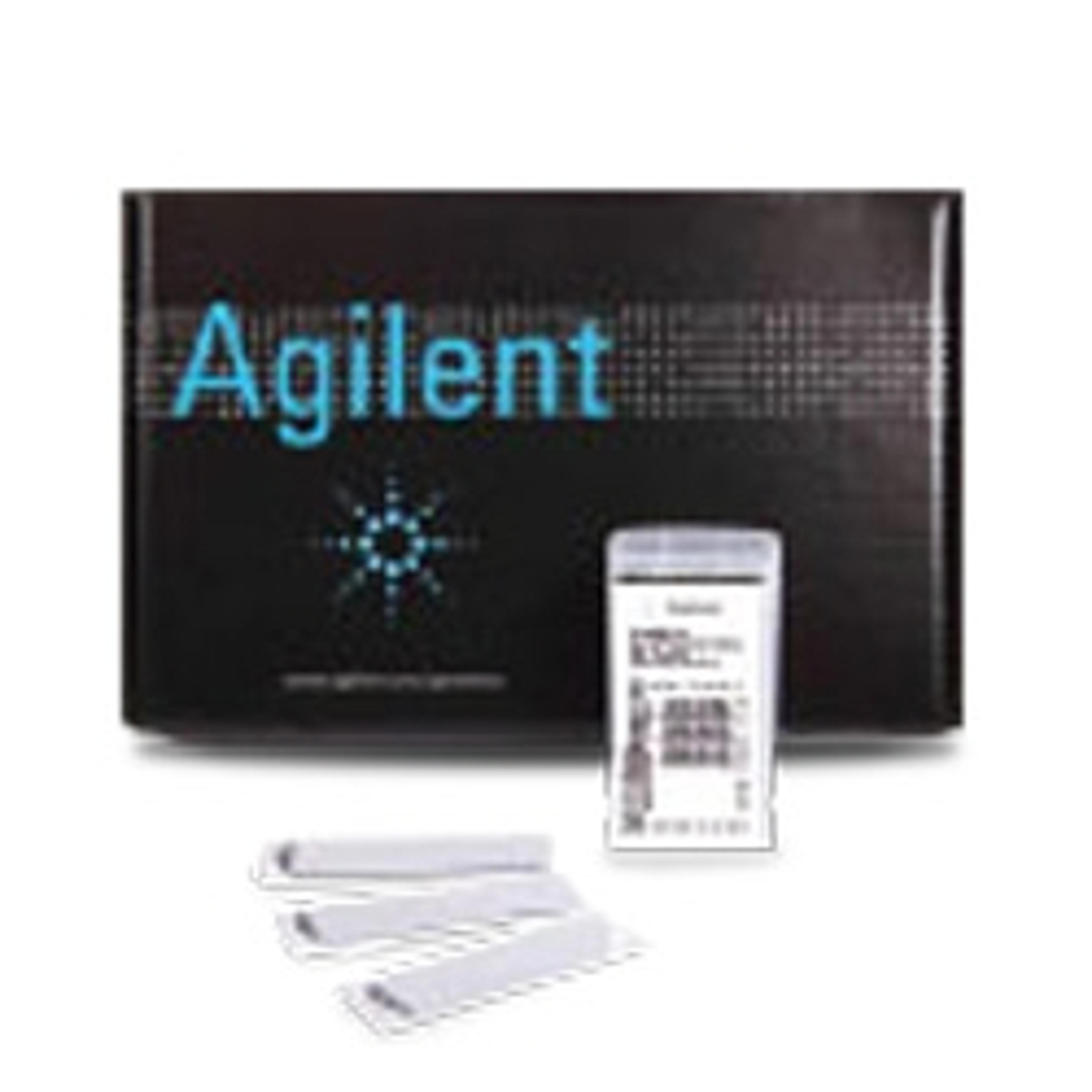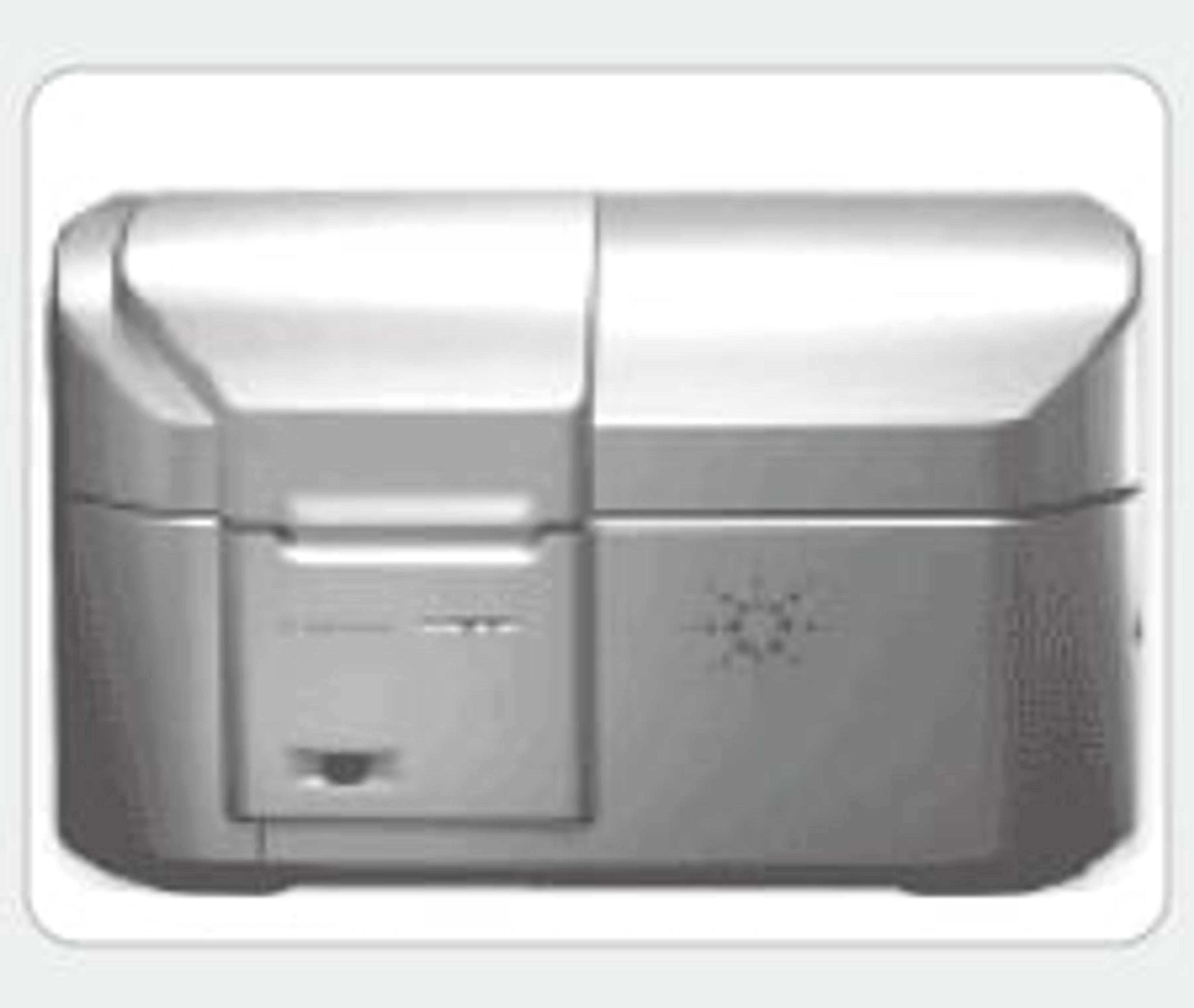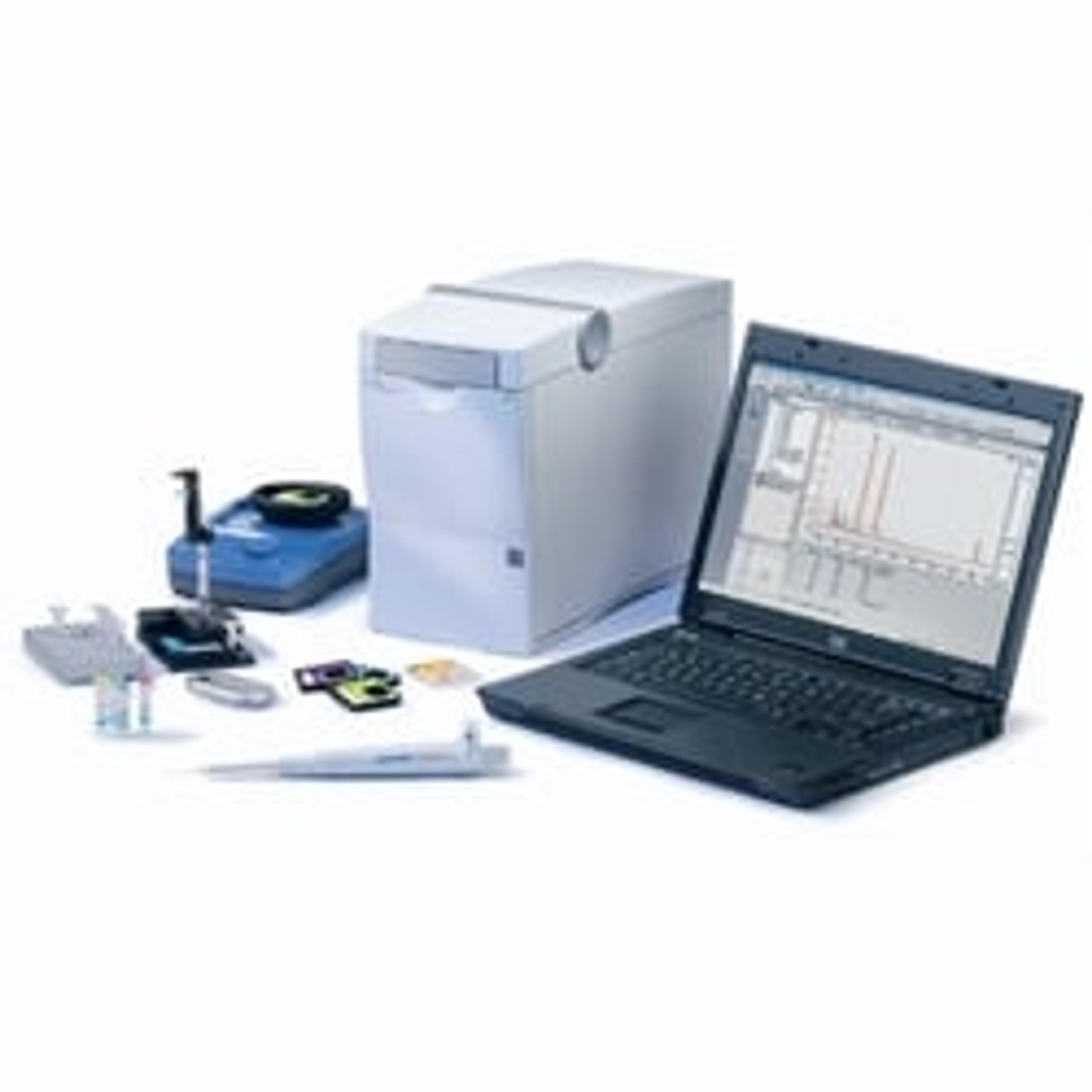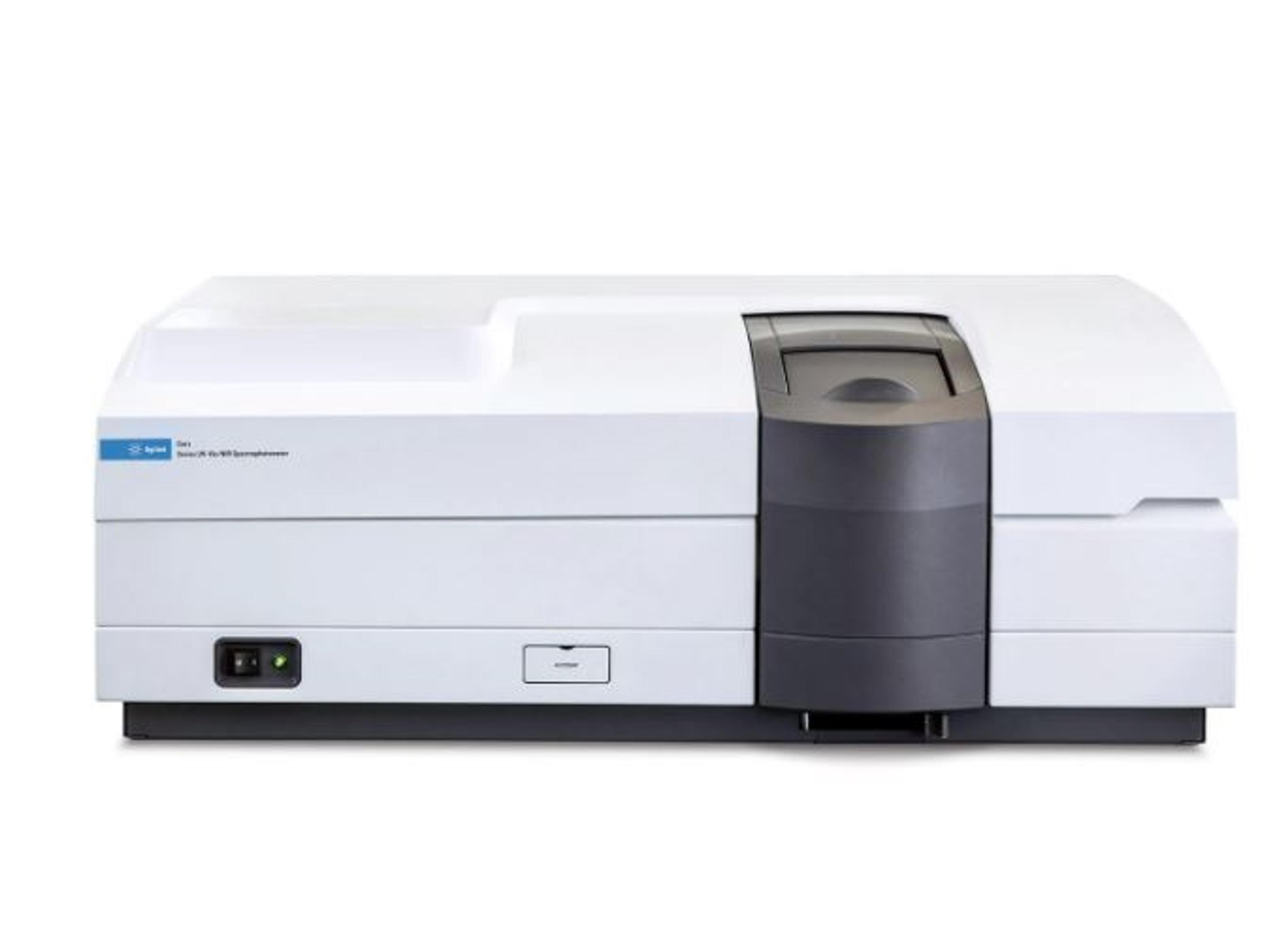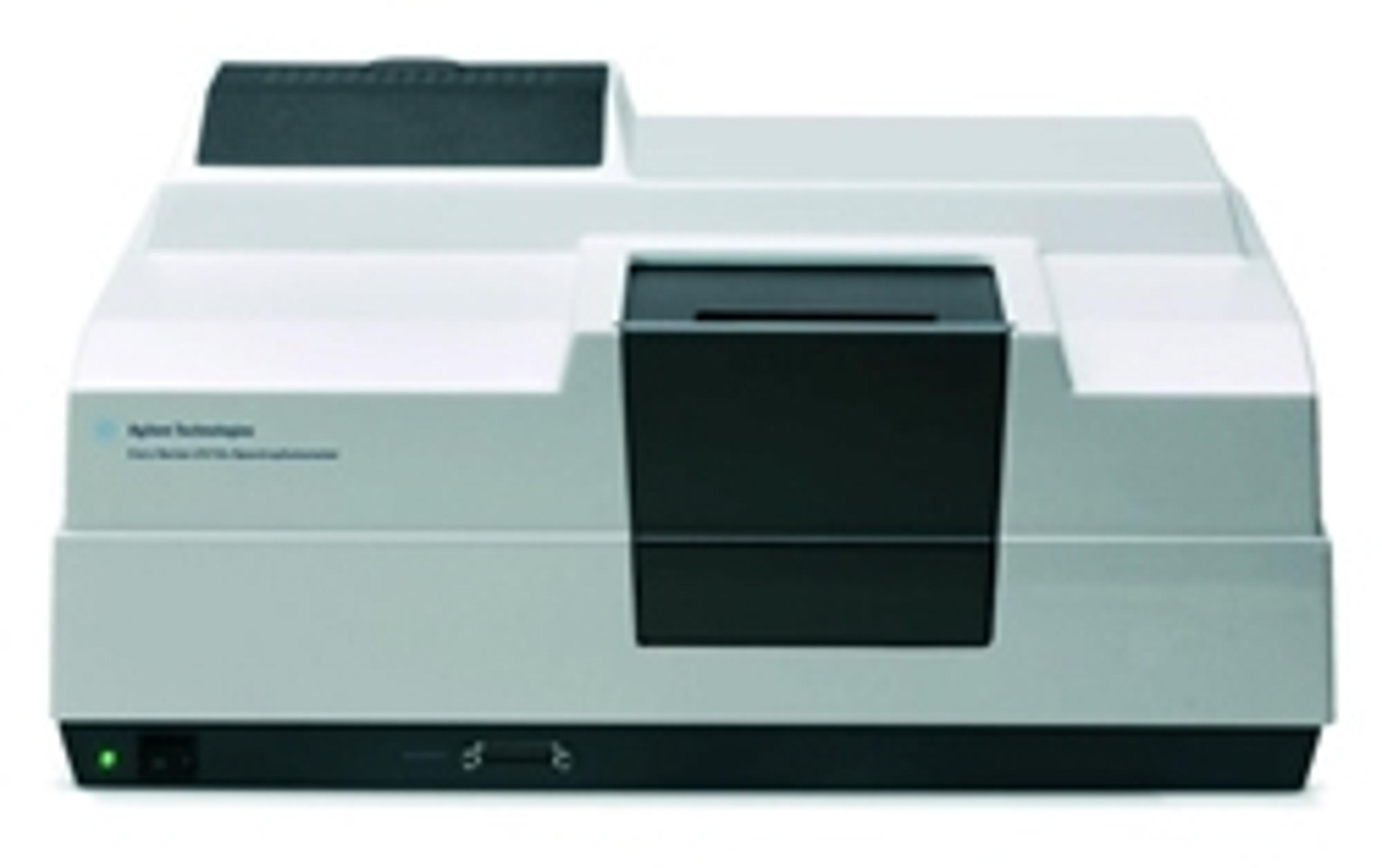pShuttle-CMV Vector
Recombinant adenoviruses are a versatile tool for gene delivery and expression. Choose pAdEasy-1 vector or any of these three shuttle vectors, pShuttle, pShuttle-CMV, or pShuttle-CMV-lacZ vector, to clone DNA of interest with the AdEasy adenoviral vector system.
Recombinant adenoviruses are a versatile tool for gene delivery and expression. Choose pAdEasy-1 vector or any of these three shuttle vectors, pShuttle, pShuttle-CMV, or pShuttle-CMV-lacZ vector, to clone DNA of interest with the AdEasy adenoviral vector system.
Several features of adenovirus biology have made such viruses the vectors of choice for certain applications. For example, adenoviruses are capable of infecting a broad range of cell types, and infection is not dependent on active host cell division. Additionally, high virus titers and high-level gene expression can be obtained, which are important considerations for protein production techniques in mammalian cells.
Employing the efficient homologous recombination machinery in E. coli, a recombinant adenovirus is produced by a double-recombination event between cotransformed adenoviral backbone plasmid vector, pAdEasy-1, and a shuttle vector carrying the gene of interest. This eliminates the need to manipulate the large adenovirus DNA molecule in vitro (in restriction and ligation reactions). There is no need to carry out laborious plaque purification rounds. The time needed to generate a recombinant adenovirus is reduced by several weeks.
Features:
- 300% more recombinants with specialty competent cells with the AdEasy system
- Infects both dividing and non-dividing cells
- Human proteins expressed using this system are abundant and have the correct posttranslational modification and folding
- The AdEasy vector system allows for the insertion of up to 7.5 kb of foreign DNA.
For Research Use Only. Not for use in diagnostic procedures.

